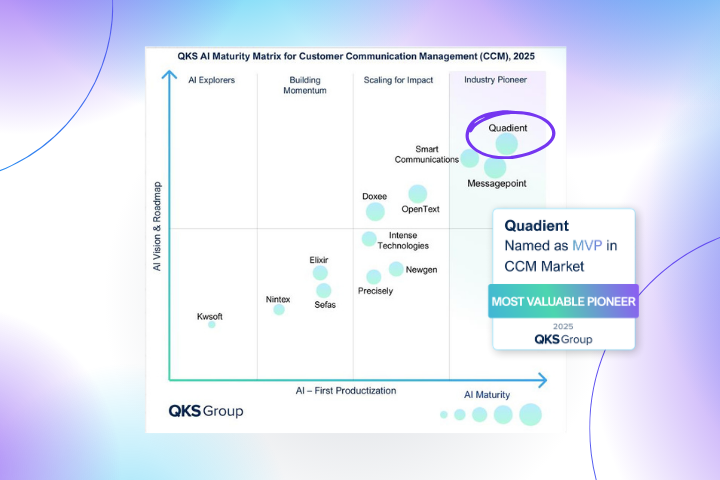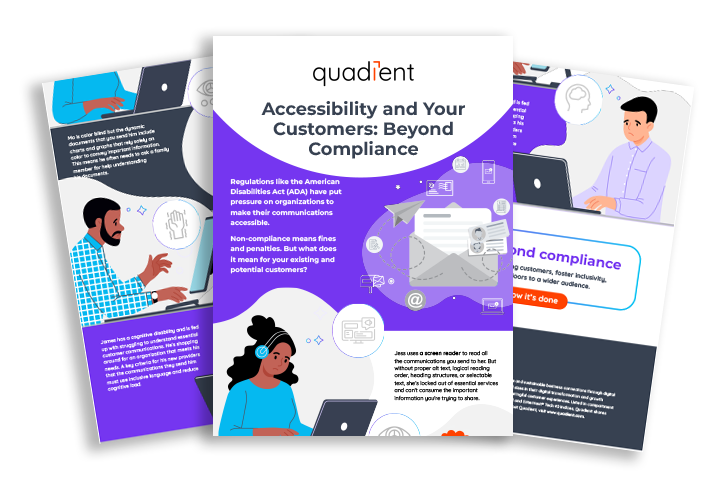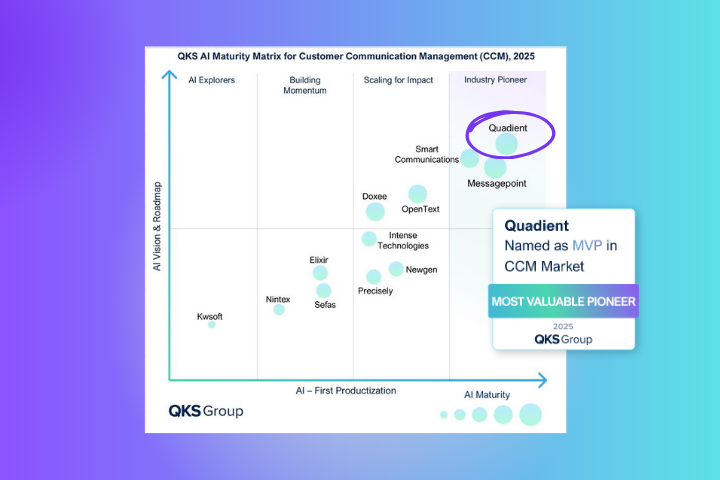
Customer Due Diligence
In my last blog I talked about enrichment and why it only makes sense to start enriching your data when you’ve made sure you can add these valuable and costly new data to a Single Customer View. So let’s proceed with what is by most considered to be the essence of KYC: Customer Due Diligence (CDD).
CDD: advanced list matching
Now I don’t mean to downplay CDD, but at Quadient we like to think of CDD as nothing more than very advanced (ok, terribly advanced) list matching.
Still, financial institutions are faced with a major challenge: they are obliged to continually check whether they might be doing business with people or organizations on a sanction list (such as EDB, OFAC, PEP, NL Sanction, etc.). This is a labour-intensive course of action that involves both national and international checks which further complicates the matter. But for now let’s keep focusing on the list matching.
A wise CDD Manager once said: “Don’t waste your time on meatballs if the spaghetti is not cooked al dente.”
Just like combining data enrichment (which is, when you think about it, nothing more than list matching either) CDD will only be successful if the lists can be matched against data that is already cleansed and deduplicated and contains as much information on each contact from all your (source) systems as possible.
So when you look at CDD from a holistic point of view, list matching starts with the quality of the existing data. How is it stored, is it standardized, (how) is it currently held and is it actually complete? The better the data quality of the personal data, the more insight you have into the risk profile of your organization. So before you start making those meatballs you’d better make sure the pasta is cooked exactly ‘al dente’. In other words: if you need to match your data against (sanction) lists for CDD purposes, start by making sure your existing data are in optimum shape.
CDD: an obligatory test of integrity or a blessing in disguise?
Whether you are an Anti Money Laundering Director, a KYC Manager or a CDD Specialist, you all know that the ultimate goal of the organization is not to be risk compliant in itself, but to achieve success: Ultimately it’s about being able to guarantee the highest possible turnover for the longest possible time.
That’s why Quadient is presenting KYC 2.0 for financial services. KYC 2.0 involves privacy, enrichment, CDD, and at the heart of all of that, a Single Customer View (SCV).
Each of these elements has an independant role to play as the last couple of blogs showed, yet each element also has the power to enhance the other and thus the organization as a whole.
With a holistic approach CDD will take care of:
1. Combatting of specific integrity risks such as financing of terrorism and money laundering
2. Safeguarding integrity and reputation in the market
3. Considerable cost savings (up to 90% less manual checking of possible matches)
4. An integrated customer profile for optimal customer interaction and insight into cross- and upselling possibilities
Whatever way you look at it, CDD is an absolute necessity and something your organization cannot escape. But since it has to be done, wouldn’t it be great if implementing a CDD solution could ultimately give your organization a growth advantage? When CDD is approached with the idea that risk management is an integral part of a coordinated data management strategy, it’s obvious that you’ll be looking for a comprehensive solution that covers your CDD requirements in the first place, but can solve far more problems for you and even create new opportunities. KYC 2.0, based on a Single Customer View, is just such a solution.
How to actually get to Know Your Customer
Any CDD solution must, at minimum, be able to support an organization by preventing financial risks. Operational damage, reputational damage and penalties must be prevented at all times. If that takes place in the right way, it will contribute to the growth of consumer confidence. A good CDD solution does more, however: it approaches CDD as an opportunity to cut costs drastically by reducing manual controls, and it is set up in order to get to know the customer better and, as it were, be at his beck and call. So we actually want you to get to Know your Customer. With a unique customer profile for each contact, your organization is sure of the best possible risk reduction, you’ll save costs, and above all, customer experience rapidly improves; revenue increase is a logical outcome. As CDD Manager, you therefore have good opportunity to make a direct contribution to the success of your business with KYC 2.0.
Okay, thanks for keeping up and hopefully you’ll make it to my next and final KYC 2.0 post in this series about a Single Customer View next month.







